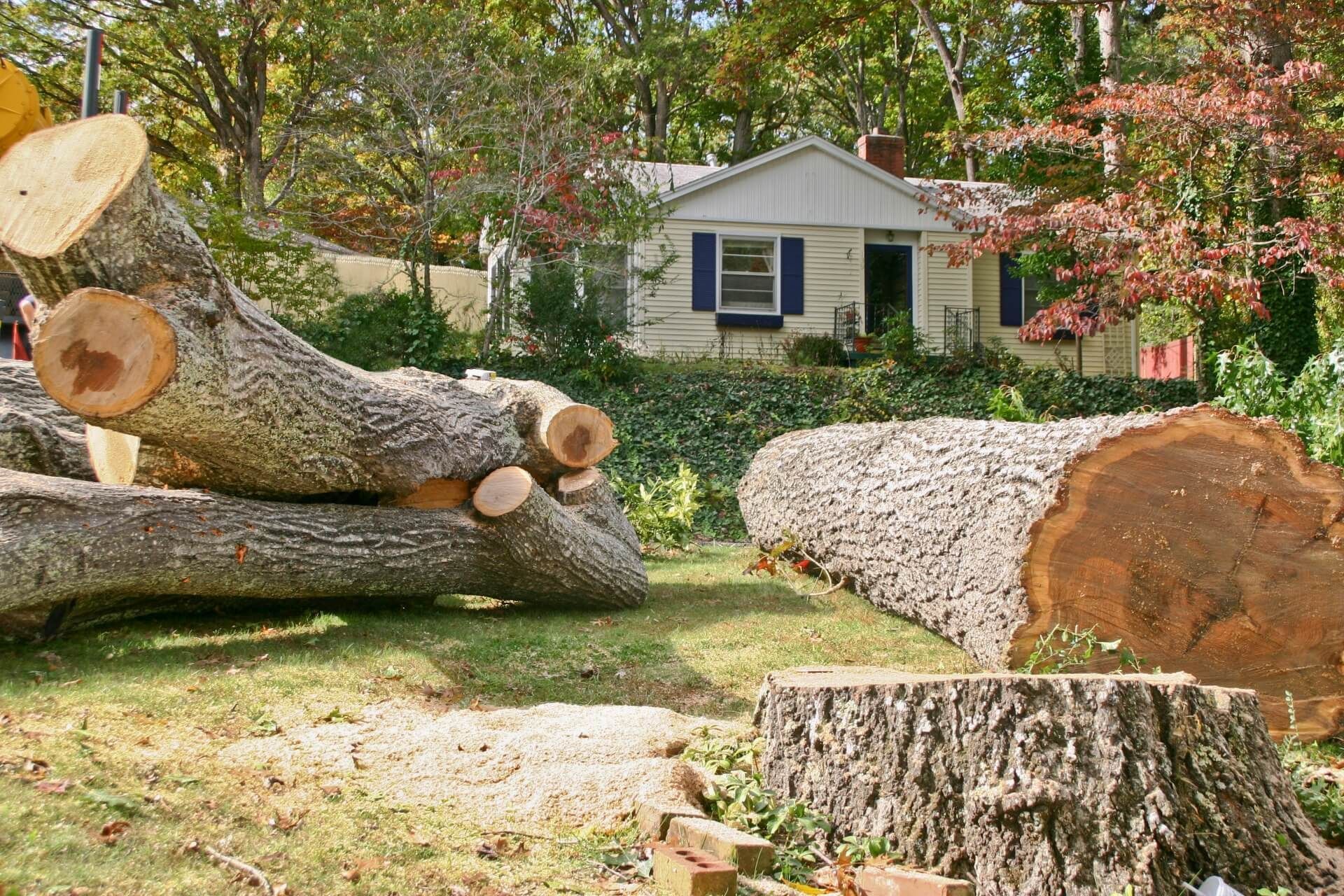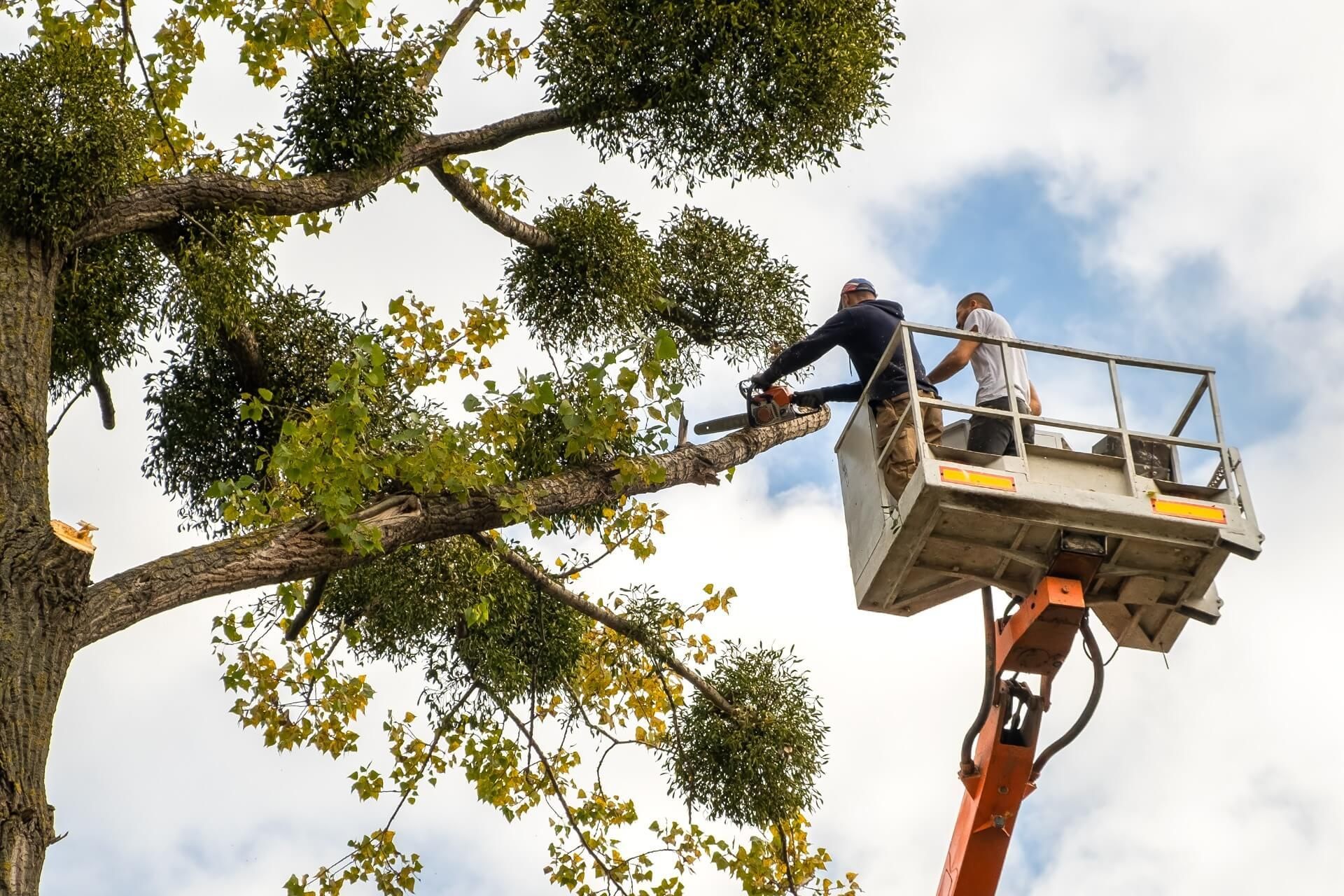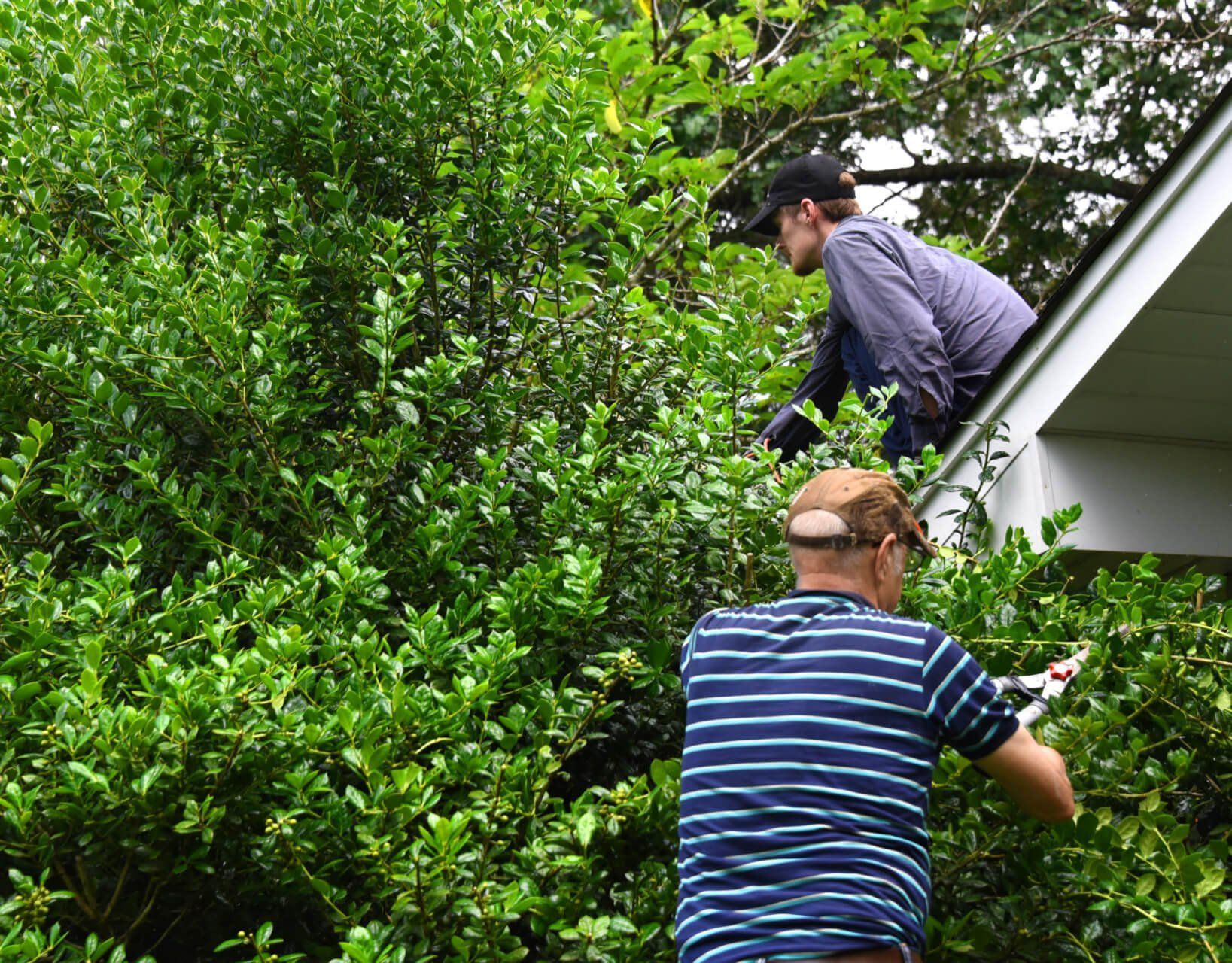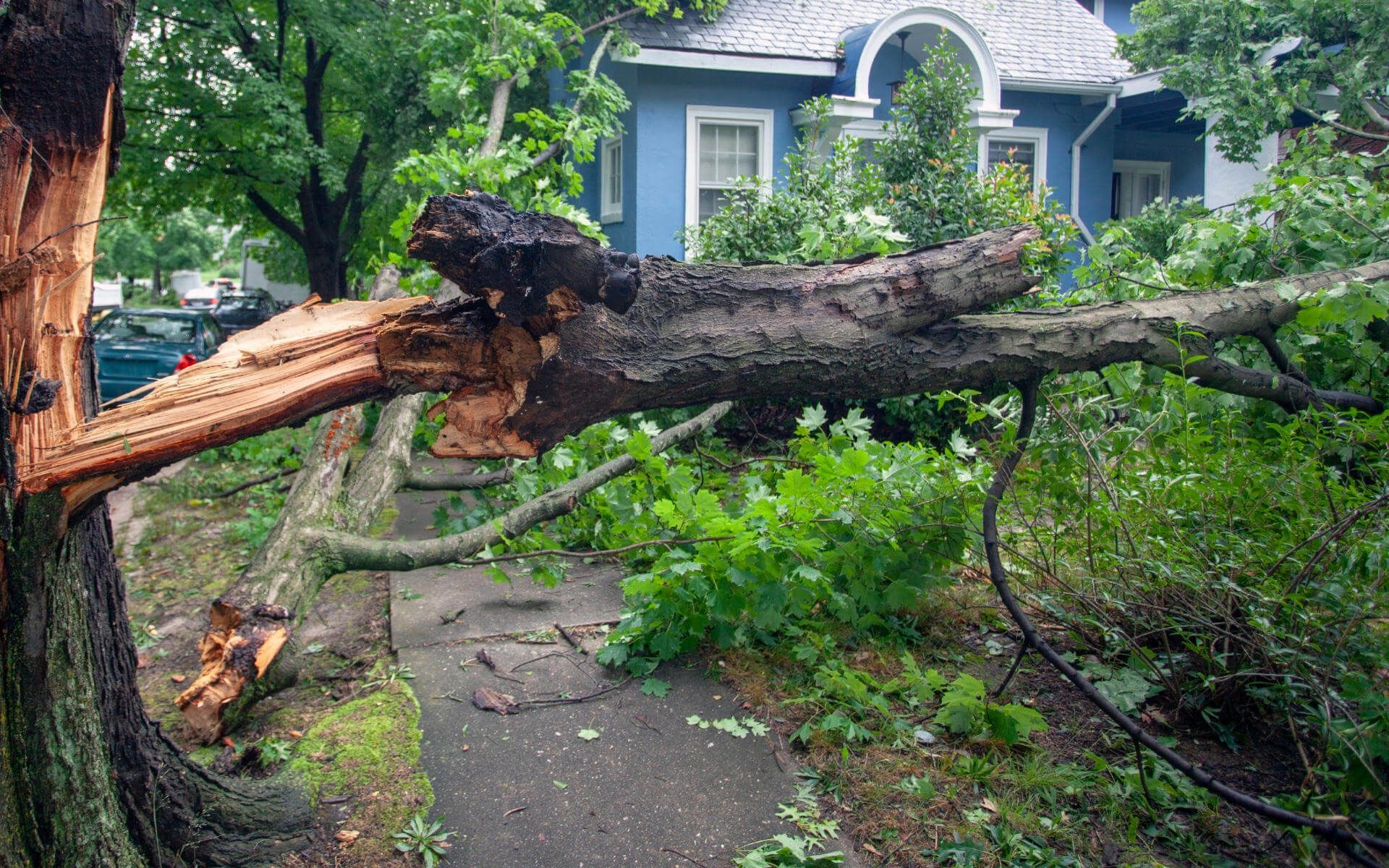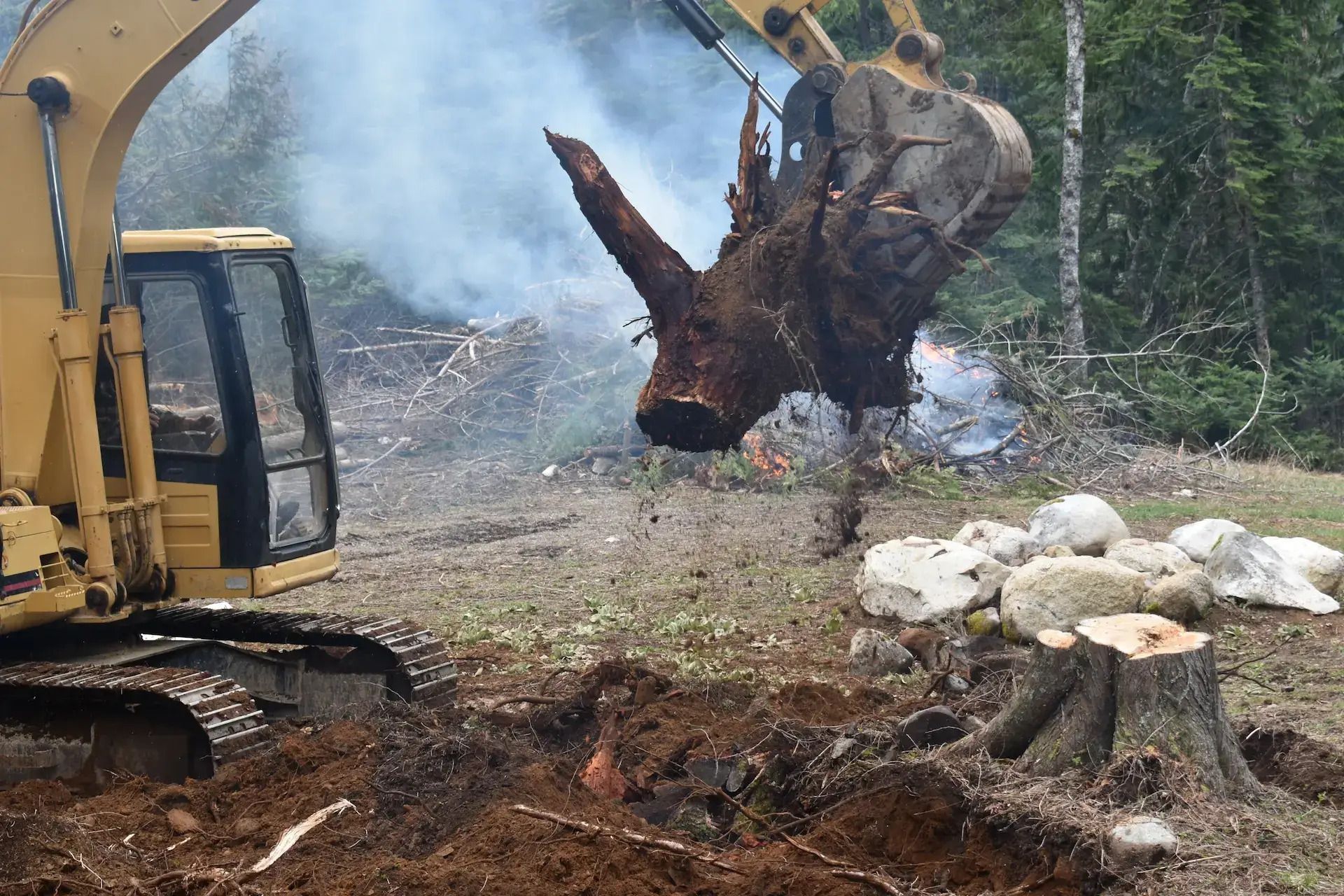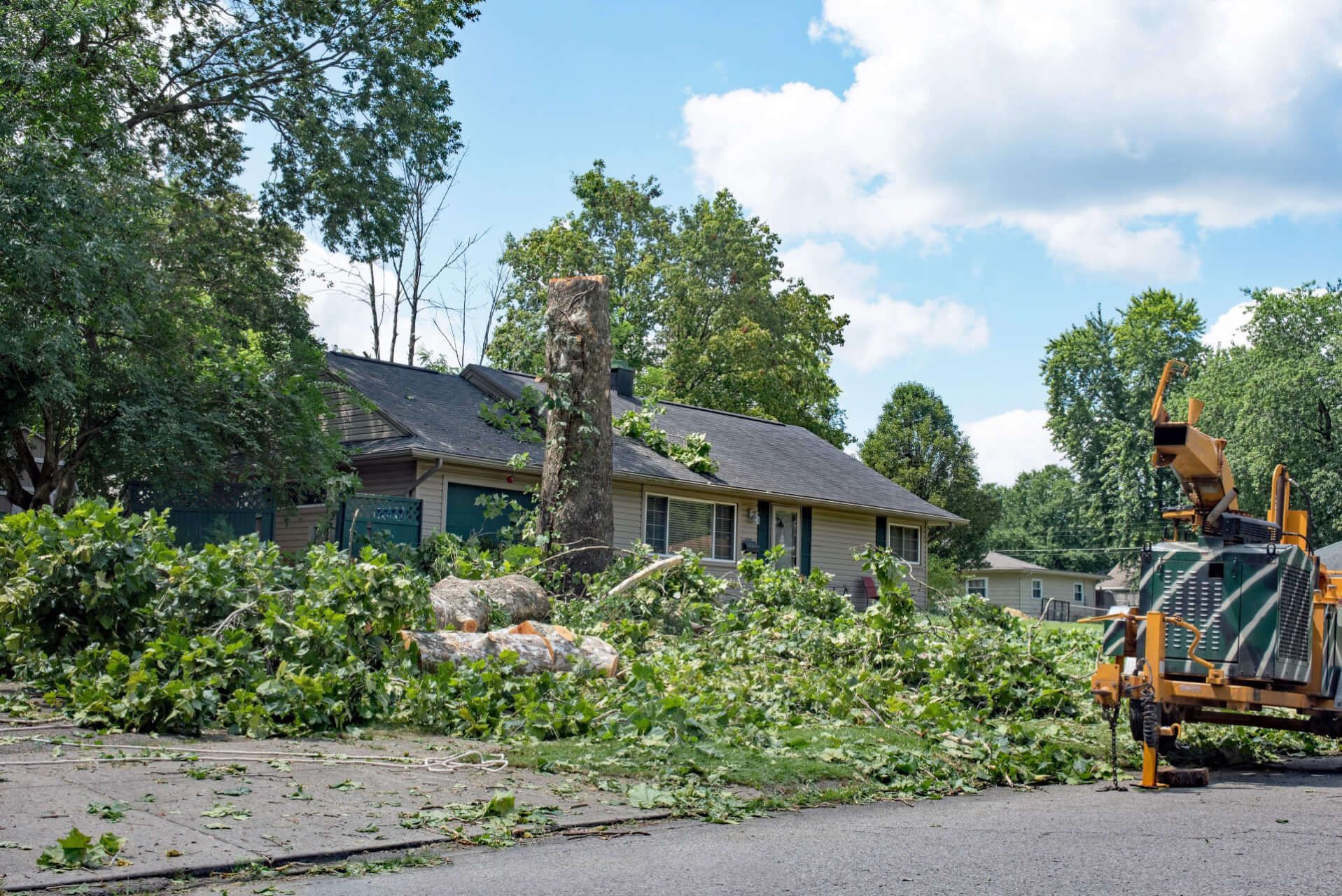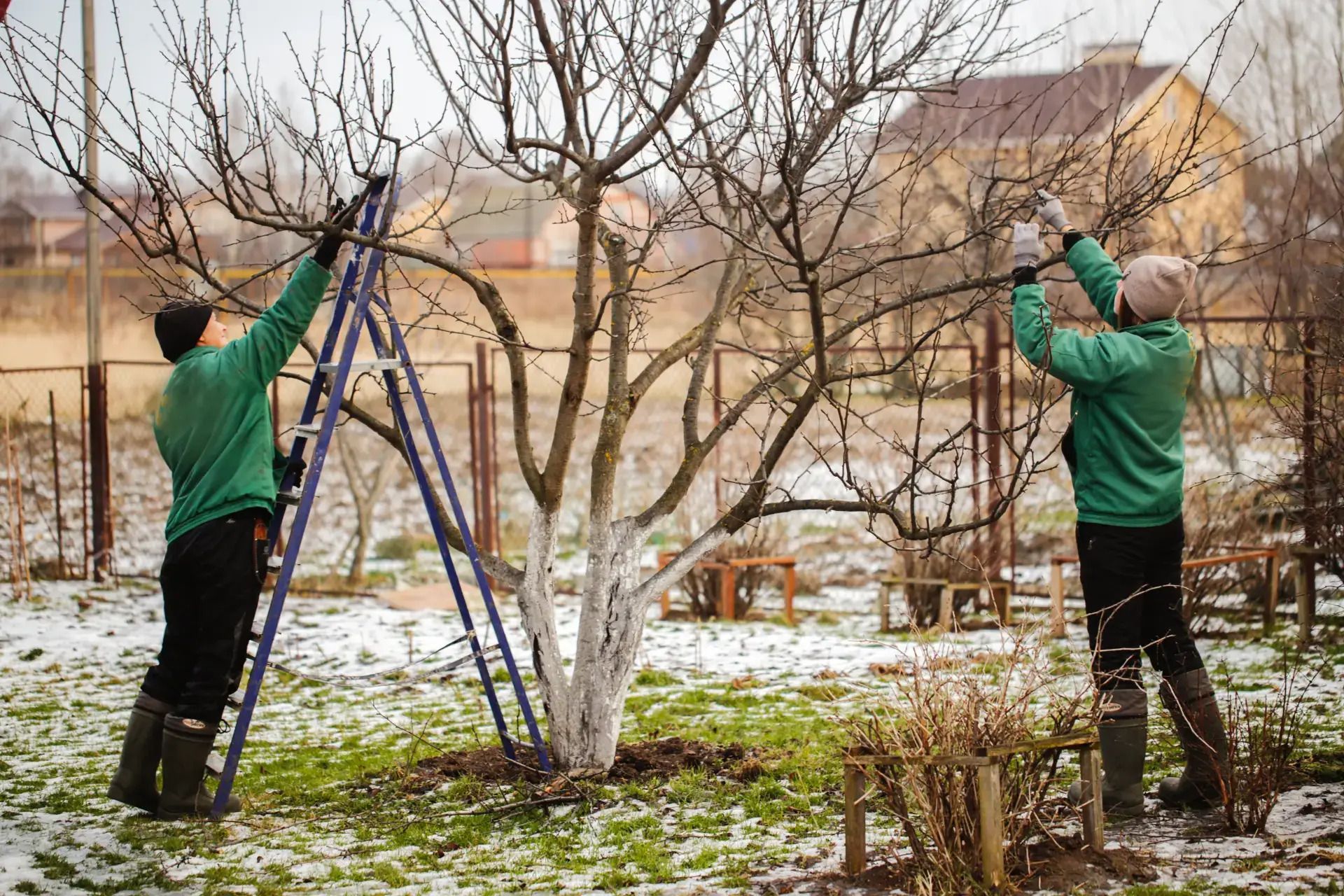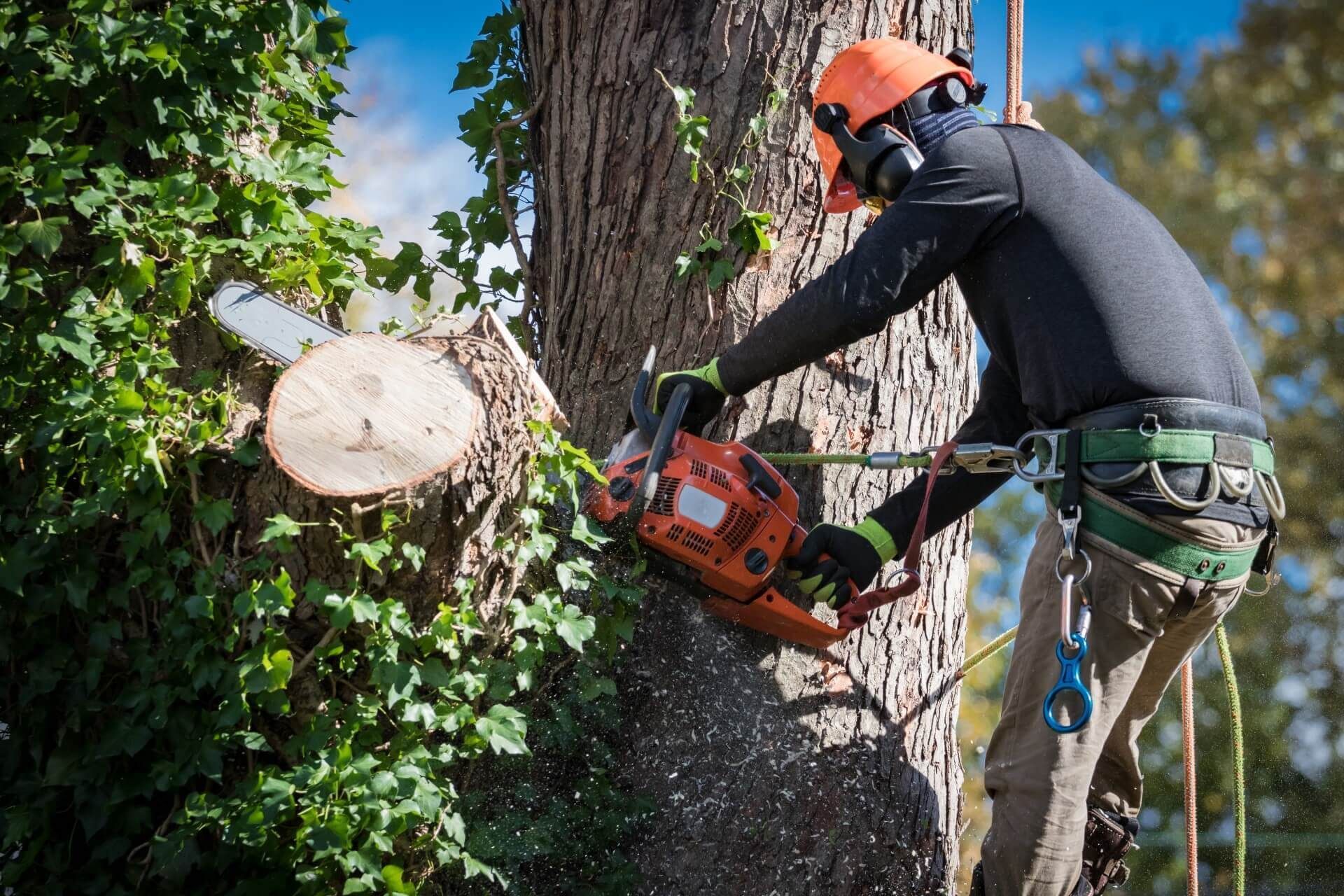Do You Need A Permit To Cut Down A Tree In North Carolina?
Among the Southeast regions that have the greatest ecological diversity, the state of North Carolina comes out at the top. With more than 4000 native plant species, which may be found from the heights of the highest peaks to the sand dunes along the shore, the diversity in North Carolina can be witnessed from such richness.
Due to the state’s natural beauty, the population is growing, and there is a need to develop agriculture and cities to support the populace. Because of human intervention, a great deal of what formerly grew abundantly has now been lost. Timbering has also destroyed native plant habitats in addition to other activities, including watershed drainage, putting out a fire, and collection of plants used for decorative or therapeutic purposes.
Given the extent of damage already suffered by the environment, the state has taken serious measures to conserve what is left. In North Carolina tree removal, which is a common practice the world over, also needs to be done in a specific manner after obtaining relevant permits from the authorities as part of their nature conservation measures.
Table Of Contents
- Can you cut down trees in North Carolina?
- Do I need a permit to cut down a tree on my property in NC?
- What trees are protected in North Carolina?
- The Poplar Tulip
- Red Cedar of the East
- The Magnolia Tree
- Gingko Tree
- Hiring Professional Tree Removal Service
Can you cut down trees in North Carolina?
The simple answer is yes, of course. You can cut down trees in North Carolina. However, in the pursuit of such a project, you must fulfill certain criteria and obtain a permit to cut down the tree. The requirement for a permit to cut down a tree depends on various factors, such as the size of the tree, its location, and the purpose for which it is being cut.
Permits for cutting down a tree can be obtained by submitting an application to the relevant authorities, which will be reviewed before approval or denial. Here is a brief overview of the regulations regarding tree cutting in North Carolina:
- Size of the tree: Under the North Carolina tree removal rules, trees with a diameter of at least 6 inches or more measured at the height of 4.5 feet above the ground are protected under state law and cannot be removed without a permit. The permit would also vary depending on whether the tree is on private property or public property.
- Location of the tree: Trees located in public parks, natural areas, and designated conservation lands may be protected and require a permit for removal. However, this does not in any way imply that trees on private property are exempt from the requirement of procuring a permit.
Landowners of private properties also need to obtain relevant permits before cutting down certain trees.
- The purpose for cutting: Trees can be cut for various reasons, such as for construction, development, or for landscaping purposes. A permit may be required for these activities if they are carried out in protected areas. Your application must list the reason why you are seeking to cut down the tree, as it would be a major deciding factor for the authorities before they approve or deny the activity.
- Permit application: To apply for a permit, individuals must submit an application to the relevant authorities, such as the North Carolina Forest Service or the local government. The application should include the reasons for cutting the tree and the expected impact on the environment, in addition to the details about the tree. Some details to be included are the tree species, the size, location, etc.
- Review process: The authorities will review the application and may require additional information or clarification before approving or denying the permit. For this, they may call you at a specified time, and you must appear to present your case. Only after convincing them will you be able to get a permit.
- Liabilities and penalties: Cutting down protected trees without a permit can result in fines, penalties, and legal liabilities. To avoid these, learn about the relevant rules for the kind of tree that you wish to cut down and apply for a permit accordingly.
- Alternatives to cutting: In some cases, it may be possible to preserve the tree by pruning or removing only parts of it. This may be a more environmentally friendly and cost-effective solution than cutting down the entire tree. If so, it is only advisable to opt for this route.
In summary, while you can cut down trees in North Carolina, there are regulations and restrictions that apply based on the size, location, and protection status of the tree. Before cutting down a tree, it is recommended to check with the relevant authorities and consider alternatives such as pruning. Failure to follow regulations can result in fines, penalties, and legal liabilities.
Do I need a permit to cut down a tree on my property in NC?
In North Carolina, tree cutting laws are regulated by the North Carolina Forest Service, which oversees the state’s forest resources. The following are some of the key regulations related to tree cutting:
- Harvesting of protected trees, such as the ones listed in the following paragraphs, is regulated and may require permits.
- Private property owners have the right to cut trees on their own land, but they must follow certain guidelines, such as ensuring the safety of their property and neighbors and not causing harm to the environment.
- Cutting trees on public lands is illegal without the proper permits and authorization.
- Clearcutting, or the removal of all trees in a particular area, is restricted in certain areas, such as in close proximity to streams and wetlands.
- Timber theft is illegal, and violators may face penalties, including fines and jail time.
It’s recommended to consult the North Carolina Forest Service for more information on specific tree cutting regulations and requirements. Furthermore, to ensure that you are not in violation of any of the above stated rules, it is recommended that you hire professional tree services North Carolina to cut down the trees on your behalf.
As an extension of this obligation in North Carolina, a permit is required to cut down trees on your private property if the tree is located within a designated tree protection area or if it is a landmark tree. The person who owns the property on which these trees are planted is the owner of these trees. For trees on private property, the following guidelines apply.
- If a tree on your land obstructs traffic, streetlight vision, or street signs, you must trim it. Trees should develop in accordance with their natural shape and height. No toppings are permitted. Any diseased or damaged trees should be cut down and replaced by the landowner.
- Healthy trees on public property should not become infected by chemicals used to treat injured trees on private property. The community, neighboring vegetation, or humans should not be harmed by the chemicals used to treat injured trees.
Private property owners are required to provide a written request for repair to the city if trees on public land hinder their view. It must also be noted that while the entire state of North Carolina has strict regulations for proper measures of cutting down trees, cities may have their own local rules as well. Local governments in North Carolina can impose certain rules and even determine the extent of punishment for the violation of certain rules.
For instance, as long as the tree is not close to the sidewalk, it can be cut down privately in Raleigh without a permit. In some other cities, one can only cut down trees. If not doing so will put humans or other trees in jeopardy of health. Furthermore, the law forbids the removal of a few different species of trees. Without a permit from the city, it is illegal to cut down trees on private land in Charlotte.
What trees are protected in North Carolina?
Protection for threatened plant and animal species in North Carolina is provided under the Endangered Species Act (ESA) of 1973. Protecting and regenerating endangered species and the habitats on which they depend is the goal of the ESA. The regulations regarding permits have been made in accordance with this act.
Wooded areas are home to or are used by many of the 67 federally listed threatened and endangered species that exist in North Carolina. Landowners who participate in the American Tree Farm System (ATFS) Standards are obligated to manage their properties to protect these rare and endangered species.
As an extension of these rules, the obligated parties must protect the following tree species:
- Longleaf Pine
- Bald Cypress
- Eastern Red Cedar
- Table Mountain Pine
- Shortleaf Pine
These protected species are critical for the state’s ecosystem and forest industry, and their harvesting is regulated to ensure their preservation. While these trees are commonly found across the entire North Carolina state and fall under the protected category, some other beautiful and unique trees to be protected include:
The Poplar Tulip
One of the biggest natural perennial trees on the Eastern Seaboard and a native of North Carolina is the tulip poplar. With a trunk that is 10 feet in diameter, it may reach heights of up to 190 feet. It is a lovely tree with flowers.
Red Cedar of the East
In the Charlotte area, the Eastern Red Cedar is a typical and noteworthy tree. The Eastern Red Cedar in the Duke Mansion grounds is protected, albeit not all of them are. This tree is known as the “Graveyard Tree” because it grows so slowly; if you planted one at the time of your birth, you could be lucky enough for it to grow large enough to shade your grave.
The Magnolia Tree
Cities throughout the state are covered in a wide variety of magnolia tree species in both parks and on the streets. All magnolias, including the Southern, Big Leaf, and Sweetbay varieties, have their own allure.
They also get the name “treasure tree” if they are old and big enough. Much regular maintenance is needed to keep magnolia trees healthy and vibrant, just like many prize trees. Professional arborists are needed to handle this. If you have a treasure tree on your property or encounter one that is ill and in need of care while out and about in the community, keep this in mind.
Gingko Tree
The Queens University Gingko tree is yet another treasure of a tree that is to be protected. One of the biggest trees in Charlotte, North Carolina, is the Gingko. This tree has the reputation of being a living fossil since it sheds enormous fan-shaped leaves in the fall and is from a previous era.
It is encouraging to see such a distinctive challenger emerge in the magnificent metropolis of Charlotte, given the dominance of pine tree species like Longleaf Pine and Pitch Pine in North Carolina’s woodlands.
Hiring Professional Tree Removal Service
In order to prevent any mistakes when cutting down trees, it is advisable to find a professional tree removal service in North Carolina. Finding professional tree cutters in North Carolina can be done through several methods:
- Online directories: Websites such as Angie’s List or HomeAdvisor can provide a list of local tree-cutting companies in your area. These directories allow you to read customer reviews, compare prices, and view company profiles.
- Referrals: Ask friends, neighbors, and family members for referrals. Word-of-mouth recommendations can be a great way to find a reputable tree-cutting service.
- Company websites: Many tree-cutting companies have their own websites. Browse through their sites to get an idea of their services, experience, and prices. You can also read customer reviews and testimonials on their sites.
- Arborist associations: The International Society of Arboriculture (ISA) and the North Carolina Arborists Association (NCAA) are professional organizations that maintain lists of certified arborists in the state. Contacting these organizations can provide you with a list of reputable tree-cutting companies.
- Verify credentials: Before hiring a tree-cutting service, verify their insurance and licensing. This can help ensure that the company is operating legally and that you are protected in case of an accident or damage to your property.
- Hire Pippin Tree Service.
Conclusion
By following these steps, you can find a professional and reliable tree cutting service in North Carolina that can take care of your trees and ensure you do not end up in any illegal tree cutting messes.
We provide a one-stop-shop tree removal service in North Carolina:
- We will get you a permit for tree removal;
- We cut down your tree;
- We clean your property of any debris.
Make an appointment for tree removal services by calling us at (919) 602-2962.
